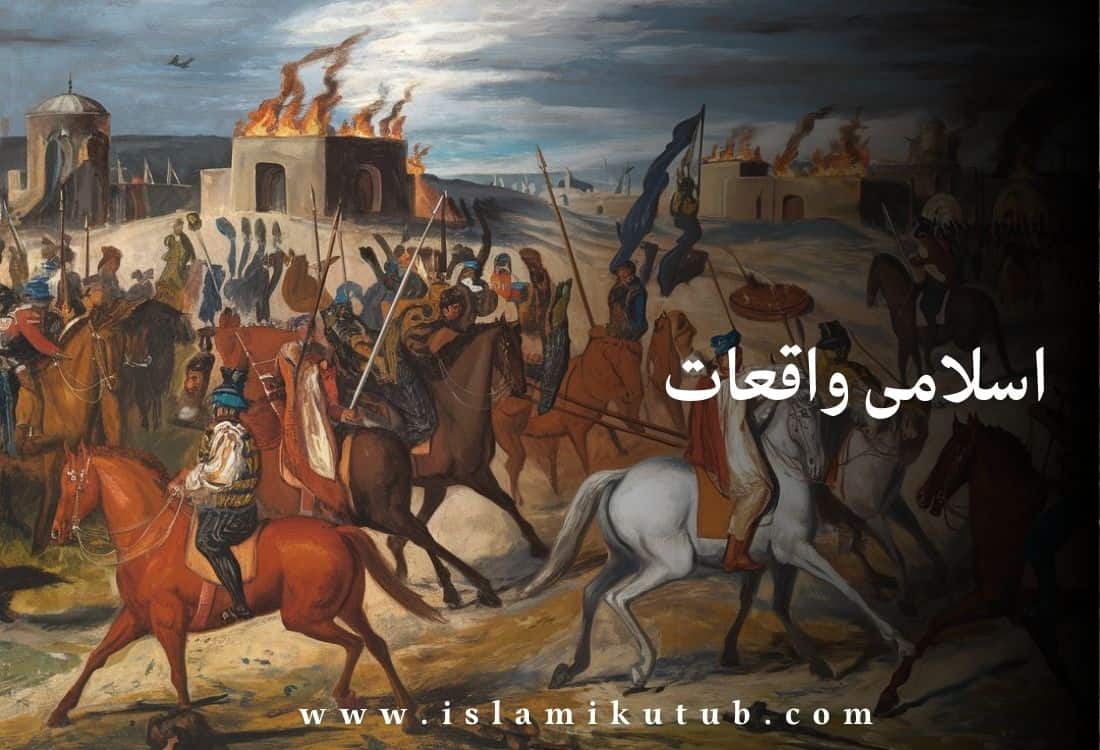Qasas ul Anbiya: Stories of the Prophets
Qasas ul Anbiya, or the Stories of the Prophets, is a fascinating and essential part of Islamic literature. These stories provide profound insights into the lives, trials, and triumphs of the prophets sent by Allah to guide humanity. Understanding these stories is crucial for anyone who wishes to gain a deeper understanding of Islamic teachings and the divine wisdom behind them. Let’s dive into this rich narrative and explore the lessons these stories offer.
What is Qasas ul Anbiya?
Qasas ul Anbiya is an Arabic term that translates to “Stories of the Prophets.” This collection of narratives is derived from the Quran and Hadith, the sayings and traditions of Prophet Muhammad (peace be upon him). These stories chronicle the lives of various prophets, from Adam to Muhammad, providing spiritual and moral lessons that are timeless and universal.
The Importance of Qasas ul Anbiya
The Qasas ul Anbiya serves multiple purposes in the life of a Muslim. Firstly, it strengthens faith by showcasing the unwavering dedication and patience of the prophets. Secondly, it offers moral guidance by illustrating how the prophets dealt with challenges and adversities. Lastly, it connects Muslims to their religious heritage, reminding them of the continuous chain of prophecy that culminates in the final prophet, Muhammad (peace be upon him).
Anecdotes from the Stories of the Prophets
The Story of Prophet Adam
The story of Prophet Adam is not just about the creation of the first human but also about the beginning of humanity’s journey on Earth. According to Islamic tradition, Allah created Adam from clay and breathed life into him.
An anecdote from Adam’s story highlights a crucial lesson: disobedience to Allah’s command. When Adam and Hawwa were tempted by Iblis (Satan) and ate from the forbidden tree, they were sent down to Earth. This story teaches us about repentance and seeking forgiveness, as Adam and Hawwa immediately repented for their mistake, and Allah accepted their repentance.
The Story of Prophet Noah
Prophet Noah is a prime example of perseverance and unwavering faith. For 950 years, Noah preached to his people, urging them to abandon idolatry and worship Allah alone. Despite facing mockery and hostility, he continued his mission. Eventually, Allah commanded Noah to build an ark and save the believers and a pair of each species from an impending flood.
An important lesson from Noah’s story is the importance of faith and resilience. Despite the long years of rejection and ridicule, Noah’s steadfastness paid off when Allah’s promise was fulfilled, and the disbelievers were punished.
The Story of Prophet Ibrahim
Prophet Ibrahim (Abraham) is known for his unwavering belief in monotheism and his willingness to sacrifice anything for Allah. One of the most significant anecdotes from his life is when he was commanded to sacrifice his son, Ismail (Ishmael). Despite the immense emotional turmoil, Ibrahim was ready to comply with Allah’s command. However, at the last moment, Allah replaced Ismail with a ram, sparing his son and rewarding Ibrahim’s faith and obedience.
This story, commemorated during the festival of Eid al-Adha, teaches us about sacrifice, obedience, and trust in Allah’s wisdom.
Step-by-Step Guide to Understanding Qasas ul Anbiya
Step 1: Read the Quran
The primary source of Qasas ul Anbiya is the Quran. To understand these stories deeply, one should read the Quran, with a focus on the chapters that discuss the prophets. Use translations and Tafsir (exegesis) to gain a clearer understanding of the context and lessons.
Step 2: Study the Hadith
The Hadith provides additional details and context to the stories found in the Quran. Studying authentic Hadith collections will offer more insights into the lives and missions of the prophets.
Step 3: Refer to Scholarly Works
There are numerous scholarly works dedicated to the stories of the prophets. Books such as “Stories of the Prophets” by Ibn Kathir are excellent resources for anyone interested in a detailed account of the prophetic narratives.
Step 4: Reflect on the Lessons
After reading and understanding the stories, reflect on the moral and spiritual lessons they offer. Think about how these lessons can be applied in your daily life to strengthen your faith and improve your character.
Step 5: Share the Stories
Share these stories with family and friends, especially children. Teaching them about the prophets helps instill strong moral values and a deep sense of faith from an early age.
Conclusion
The Qasas ul Anbiya is a treasure trove of wisdom, guidance, and inspiration. By delving into these stories, we can draw valuable lessons that are relevant to our lives today.
For those interested in a comprehensive understanding of these stories, consider purchasing Qasas ul Anbiya books from reputable sources. Invest in these stories with confidence, knowing that they will enrich your faith and connect you to a profound spiritual heritage.
This article was crafted to help you understand the essence and significance of Qasas ul Anbiya. By following the steps outlined, you will be able to appreciate the depth of these stories and the lessons they impart. Happy reading and reflecting!



One Response